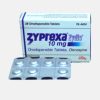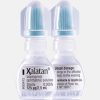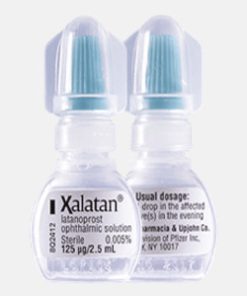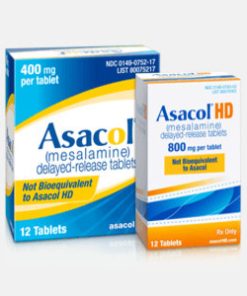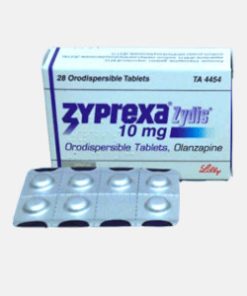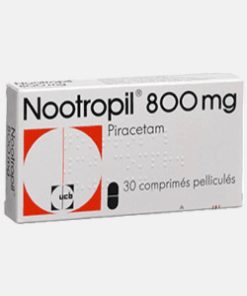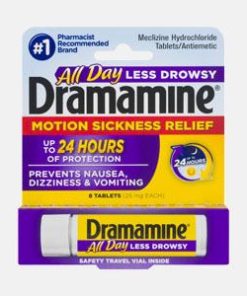Zofran (Ondansetron)
$110.00
Category: Other
Commercial Name: Zofran
Active Ingredient: Ondansetron
Utilization: Used for preventing nausea and vomiting associated with cancer chemotherapy or surgery
Available Dosages: 4mg and 8mg
| Dosage | Quantity | Price | |
|---|---|---|---|
| 8 mg | 30 pills | $110.00 | |
| 8 mg | 60 pills | $148.00 | |
| 8 mg | 90 pills | $185.00 | |
| 8 mg | 120 pills | $240.00 | |
| 8 mg | 180 pills | $371.00 |
Zofran (Ondansetron) is an effective remedy for vomiting. It prevents nausea associated with cancer chemotherapy or surgery. The main ingredient of the drug is ondansetron, a 5-hydroxytryptamine membrane receptor antagonist that is a mediator of the serotonin hormone. Onansetron is thought to exert an inhibitory effect on serotonin receptors, thereby eliminating the urge to vomit. Its effect extends to the peripheral and central nervous systems.It should be noted that ondansetron does not interact with dopamine receptors, so it is not effective in seasickness. In this case, the remedy does not entail sleep disorders, and does not affect the level of lactotropic prolactin in the blood.
Indication for use
Zofran (Ondansetron) can be taken by almost all adults and children who have nausea and vomiting caused by cytostatic chemo or radiotherapy.
Precautions
Zofran (Ondansetron)is not recommended to use if you have hypersensitivity to the components of the drug. Other contraindications are: pregnancy and breastfeeding, children under 18 (rectal candles), children up to 2 years old (resuscitation tablets, syrup), phenylketonuria (resorption tablets). Carefully administer the remedy to elderly patients. In the form of an injection solution, the agent is administered with caution to patients with arrhythmias and water-electrolyte balance failures.
Dose and usage
The Dose of Zofran (Ondansetron) is available in various forms:
Tablets: 4mg – white, oblong, flat; 8mg – orange, oblong, flat.
Syrup: 50 ml in a dark glass bottle.
Solution for injection: liquid in ampoules of 2 or 4 ml.
Rectal candles for 1 pc. in the plate. One candle contains ondansetron 16 mg.
In case of chemical therapy and irradiation, adults are advised to take 8 mg of the drug 2 hours before the procedure and, after 12 hours, repeat 8 mg. It is believed that the product should be taken after the procedure of chemical therapy and radiation for 5 days. When carrying out chemotherapy in large doses, it is recommended to increase the dosage to 24 mg.
For children, as a rule, prescribe intravenous administration of 2 mg of the drug and after 12 hours orally 4 mg of the drug 2 times a day.
Rectal candles appoint 1 pc. adults, two hours before the chemotherapy procedure. Duration – 5 days.
The injection fluid is administered intramuscularly if the dose is less than 8 mg.
For children, a single intravenous dose is 0.1 mg / kg. Acceptable high dose for children – 4 mg.
The maximum dose for patients with impaired liver function is 8 mg.
Side effects
During the use of the drug may develop the following undesirable side effects: nausea; vomiting; dry mouth; hiccups; increase in liver enzymes; burning in the anus (when using candles); convulsions; dizziness; headache; arrhythmia; decrease in blood pressure; bradycardia; cardialgia; every rash; itching; impaired vision; anaphylactic shock.
Related products
Other
Other
Other
Other
Other
$130.00
Other
$94.00
Other
$150.00


